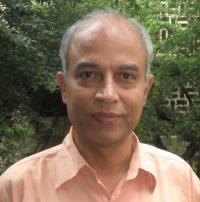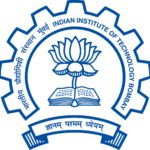
The author’s team has been successful in mobilising thousands of engineering students in India to create open source content suitable for the engineering community in general, and the chemical engineering community, in particular. Chemical process simulation work is carried out mainly through DWSIM and to a smaller extent, through OpenModelica. One main objective of this exercise is to train a large number of chemical engineering students in the general area of chemical process simulation, and to offer them to chemical engineering companies, especially small and medium scale enterprises (SME) that generally have difficulty in hiring engineering graduates. This exercise is expected to improve the employment potential of students in the core sector, while simultaneously raising the levels of operation of SME.
Audio-video instructional material, known as Spoken Tutorials (https://spoken-tutorial.org) were created on the topic of the open source chemical process simulator DWSIM. Using this 4,000 chemical engineering graduates were trained during the past three years. They were motivated to participate in a flowsheeting project: they could take any flowsheet from any source, simulate it in DWSIM, compare the results with the original, and offer it to the community. Through this effort, a total of 130 such flowsheets were created and released under CC-BY-SA license at https://dwsim.fossee.in/flowsheeting-project/completed-flowsheet. Another 100 such flowsheets are under preparation. DWSIM uses a CAPE-OPEN thermodynamics engine.
It is now proposed to use the crowdsourcing route to create custom models by motivating the students in India. Custom models can be created for DWSIM using Python and Scilab. Quite a few chemical engineering students in India are already familiar with Python, and would be happy to demonstrate their coding skills and to get recognition. The author’s team has also trained close to 200,000 students on Scilab, and hence a reasonable number of chemical engineering students can create custom models in Scilab also. It is proposed to take ideas from the industry and chemical engineering professionals, and the DWSIM creator, for custom models that need to be created. It is proposed to release the custom models for public use under CC-BY-SA/GPL license.
The author’s team is also in the process of using the equation oriented modelling and simulation platform OpenModelica for chemical process simulation. They have
ported property databases and thermodynamic correlations from Chemsep and DWSIM, both being CAPE-OPEN compliant. They have also ported unit operations from DWSIM. They are in the process of porting flowsheets from DWSIM. As this platform can append thermodynamic equations to process model equations, the computational efficiency can be relatively high. It is not clear whether it is possible to achieve this desirable feature, under the constraint that it has to be CAPE OPEN compliant.

